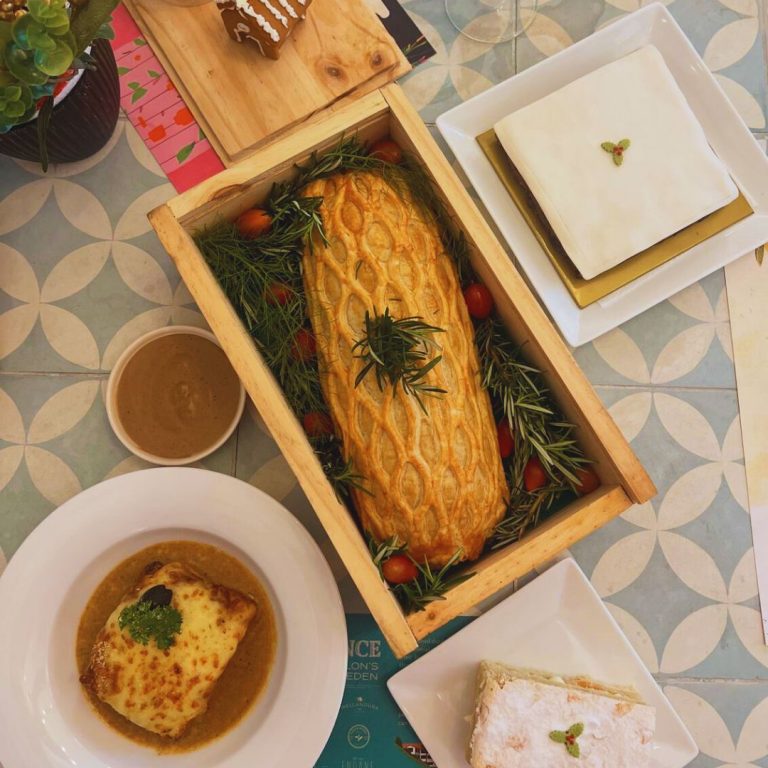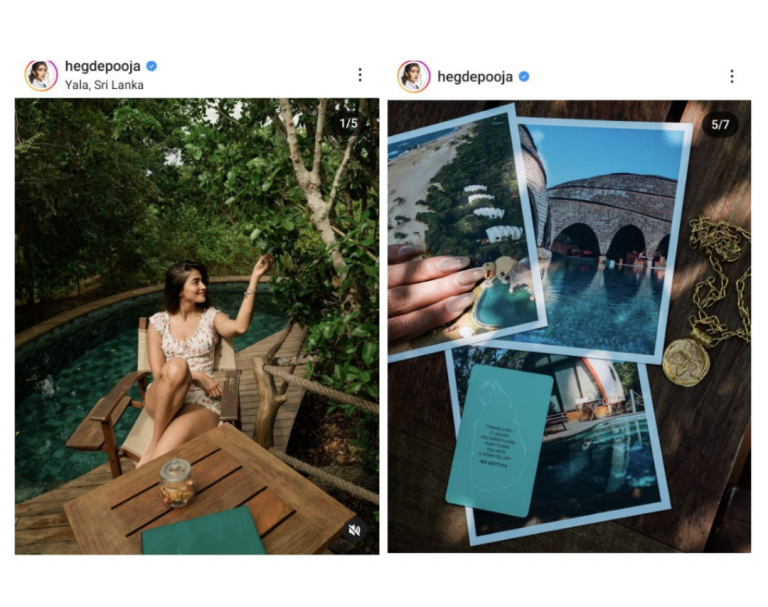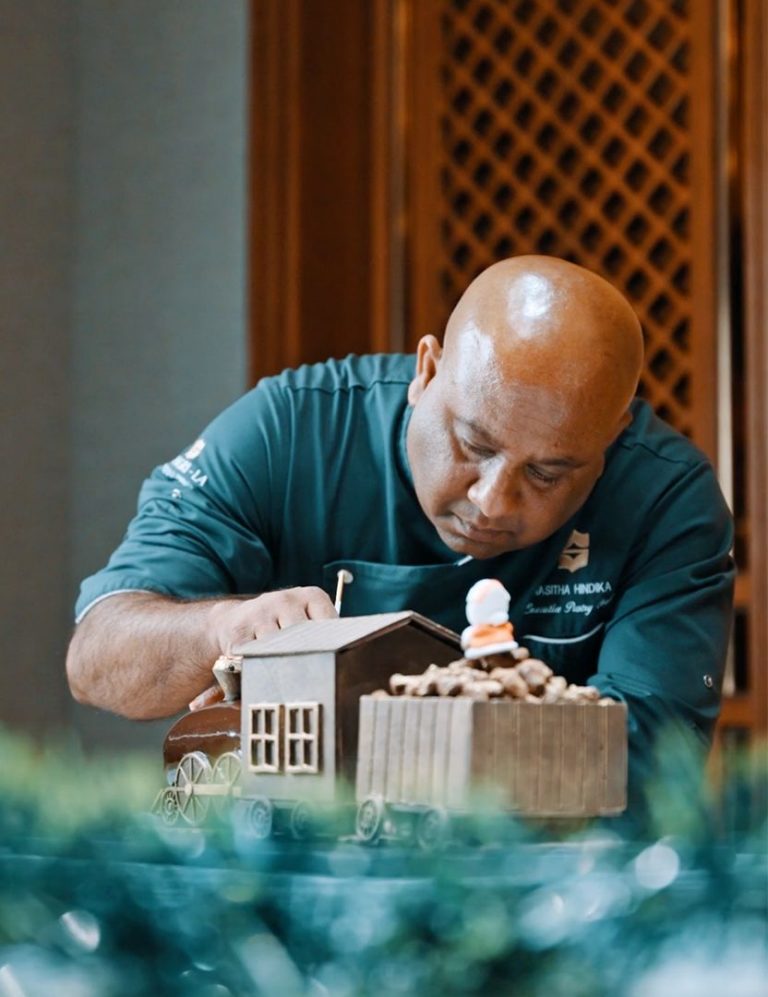The Colombo Port City, if all goes well, should be a reality in September 2017, three years after work officially began. Once completed, this largely private development will completely transform Colombo, adding 233 hectares (around 2.33 square kilometers or 570 acres) to the city. This land will sell for an estimated Rs. 8.5 million per perch.
What?

If it’s built (it probably will be), this Port City will completely change the face of Colombo. It’s actually a mixed commercial and residential development. People will actually live here, hundreds of thousands of people. This includes highrise housing in the center of the town (they build down in height, so everyone has views) to what looks like houses with actual land at the edge.
On the other side you’ll have a swimmable beach, protected by the breakwater (regular Colombo swimming is dangerous/impossible). The development will be in two parts divided by a canal and run through by a Boulevard. And you can be sure there will be shopping. In terms of nature stuff they’re talking about including a marina and a wetlands park.
Some other big ticket amenities could be a Formula 1 racetrack (probably a street race track like Monaco or Singapore), casino and mini-golf (nine holes).
How?
This video is a bit strange, but you get the picture.
This sort of city will also require new types of transport. In the short-term, they’re talking about connecting the Katunayake Expressway via an elevated road (presumably going through Fort) and, on the other end, connecting to Marine Drive via a tunnel. We have also heard that this tunnel may be partly glass, such as to see the sea fishes, which would be crazy. In the longer term, there’s talk of reclaiming land all the way to Mount Lavinia and adding commercial activities all along that stretch.
This sort of city also requires an increase in population that Sri Lanka can’t really provide, at least not at that price point. Current Sri Lankan immigration laws make it very difficult for foreigners to get working visas and impossible for them to get dual citizenship. Even diaspora types can’t get dual citizenship, so unless that changes the people that can afford living in this city will be kept out. The Chairman of the SLPA has said there would be long-term visas, etc for this particular city (at a Colombo Club meeting) but we have yet to see an official motions in this regard.
Who?
This project will pull 233 hectares out of the seabed. One hectare is 10,000 square meters (the size of an international rugby field).
Of that, 125 hectares will be owned by Sri Lanka (via the Sri Lanka Ports Authority) and the rest will be owned by the Chinese company (CCCC). Of those 108 hectares, 20 will be with the company as a grant and 88 will be given as a 99-year lease.
What we don’t get is that they also state that 73% of the land will be for development and the rest for common use. So which areas do the Chinese get? We’re assuming the Chinese would get all development land, which would leave the SLPA with only 62 hectares to profit from. These numbers are confusing, please check our source, the Daily News.
If we assume that the Chinese get 108 acres, that would be about 43,000 perches of land. Valued at Rs. 8.5 million per perch, that’s a land value of Rs. 365 billion (roughly $3 billion), before anything is built. This paragraph is just our guess.
When?
The project officially started in September 2014 though it has been discussed publicly since at least 2010. If you look around the area you can see that work is progressing and they’ve already extended the port side. The official timeline is 39 months, but we’ve heard 36 – so September 2017. The whole thing is being built by 2,000 Chinese and local workers and they’re saying the project will generate over 100,000 jobs once completed.
They’re saying the cost will be $1.4 billion USD, all from the Chinese company. Projects like this usually go over-budget, but in this case it’s basically a private development, not funded by Sri Lankan taxpayers. The SLPA estimates that the area will draw $20 billion USD in investment. Which would be a lot.
So far we have heard that 25 hectares of land have been reserved. They’re not really marketing it yet, but people can contact them to buy land. We would put a phone number, but if you need a phone number you probably can’t afford it.
So What?
This actually seems like a pretty cool project. Someone else is paying for it, we still get a lot of the land and almost all of it after 100 years, and it’s in an area that could actually use the development. This also means a lot more restaurants and stuff for YAMU to review. We hope it actually gets going in 2017.












